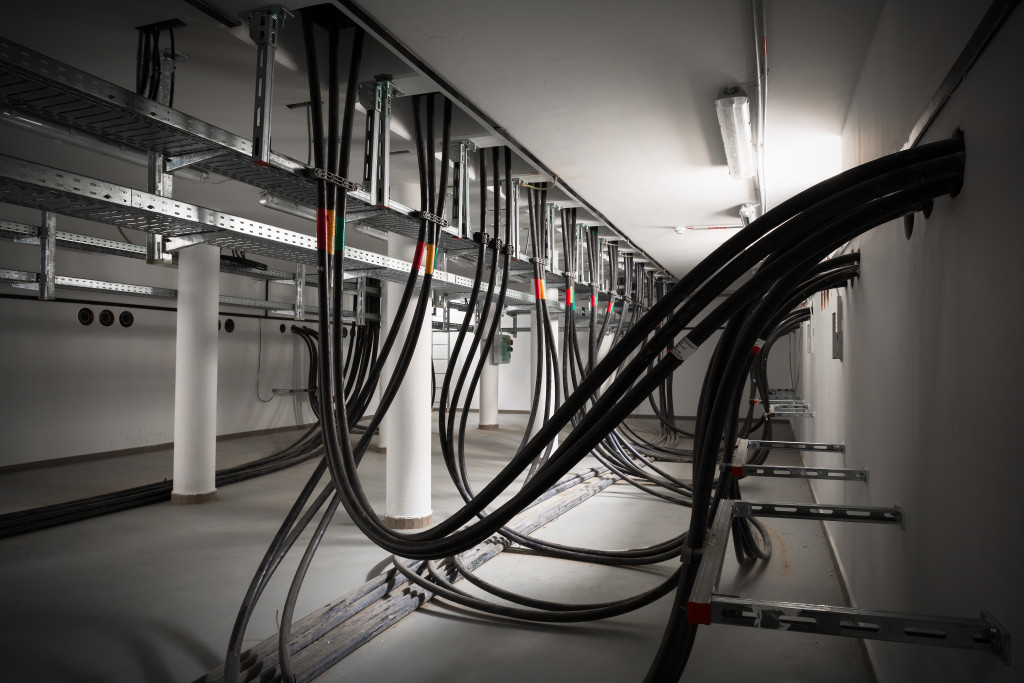Choosing the right cable for one’s needs is essential to building a safe structure. It’s also useful to know the different types of wires that could be used for various functions so that the application can be suitable to the circumstances that the connection entails. How heavy is the transmission of voltage necessary? What is the purpose of the electrical connection? Is it for residential, commercial, or industrial use? These questions often arise in people’s minds when trying to decide or learn about the cables they find at home or in their offices.
Here are three types of commonly used cables:
Non-metallic sheathed cable
In 1922, Romex invented the non-metallic (NM) sheathed cable, which is why this type of cable is also known as “Romex cable.” However, it did not gain traction until the 1960s until it became the most commonly used cable in housing. The Spruce defines the NM cable as “a flexible electrical cable that features an outer plastic sheathing that protects two or more insulated conductors, as well as a bare copper ground wire.”
The NM cable comes with two or three wires. The most apparent distinction between the two is that the three-wire NM cable has a neutral wire that serves as a ground. Depending on applications, the NM cable has three types: Building Cable, Underground Feeder Cable, and Service Entrance Cable. Their names state their functions—residential and buildings, underground, and utility connections, respectively.
Rubber-sheathed cable
Cables in 1906 had rubber insulations, and different types of synthetic rubbers and polyethylene were developed and produced at the end of World War II. Today, rubber-sheathed cables are still widely used because of their temperature tolerance, resistance to friction and weathering, and durability when it comes to oil and chemicals.
One example of this is the H07RN-F cable used in marine and industrial projects because of its ability to conduct 450/750V of power. It can make drastic changes in temperature, from -30oC at the coldest and 60oC at the hottest.
Polyvinyl chloride (PVC) cables
PVC cables are the more commonly used type of wires in houses because it’s versatile and reasonable in cost. Like rubber, it can survive ever-changing weather, and it has a high resistance to friction and other stresses. Another factor that makes it more appealing to consumers is that it can withstand high temperatures that it is fire-retardant. PVC cables can also stay up to 80 years of use.
Applications can range from low to medium voltage transmissions in residential and commercial fields. Its usefulness also applies to televisions, computers, and robotics. Data transmission in the IT industry is also another area where PVC cables are highly useful.
Why choose the right cable

One of the prevalent causes of fires is electrical issues. From a sparked plug to a short circuit, a house or a building may catch on fire because of a straightforward thing. Therefore, choosing the right cables that can withstand heat, high voltages, and other environmental factors is essential to ensure everyone’s safety.

